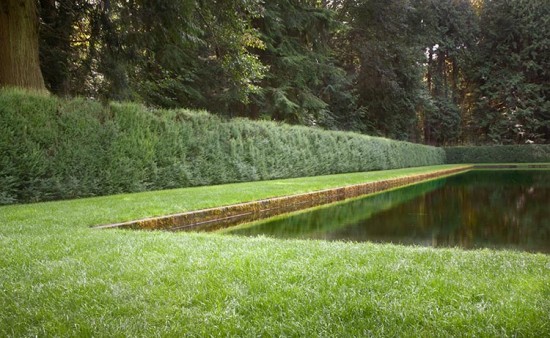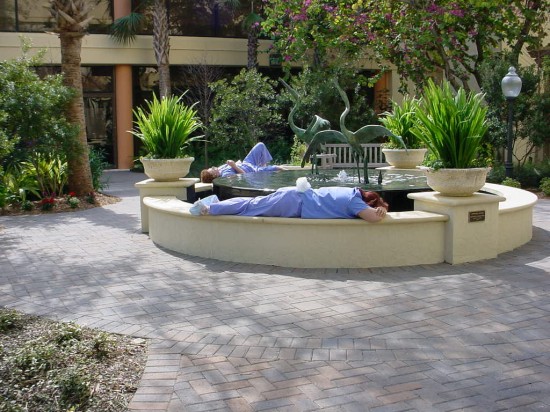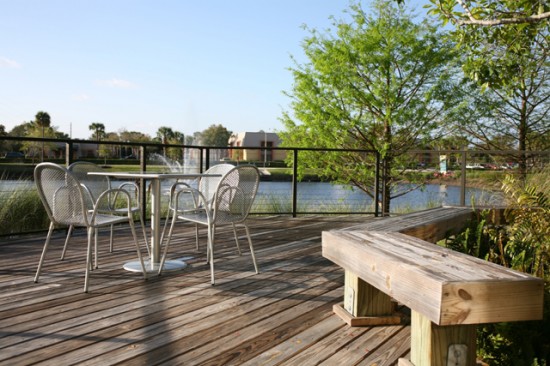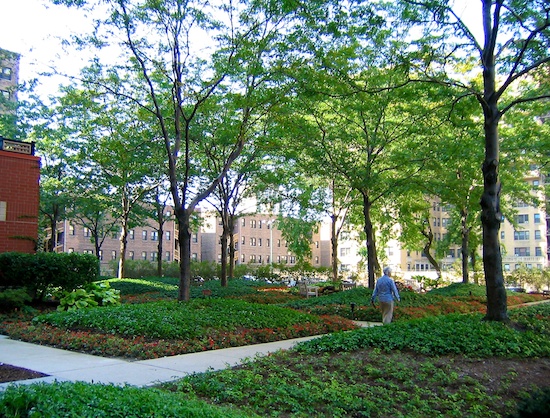During June, Puget Sound’s Bloedel Reserve will put the spotlight on nature and well-being by hosting a series of lectures. Throughout the month, experts from diverse disciplines will explore the unique relationship between nature and humans, and the healing and therapeutic qualities of landscapes and gardens.
Our founder Prentice Bloedel was fascinated with the relationship between people and plants, often writing eloquently on the subject, as he designed the gardens and landscapes of The Reserve. In June, we are bringing together experts from many disciplines to explore the unique relationship between nature and humans, and the healing and therapeutic qualities of landscapes and gardens.
The Bloedel Reserve is a public treasure that sits on 150 acres of natural woodlands and landscaped gardens just a short ferry ride away from downtown Seattle. In addition to interconnected paths, a Japanese garden, a moss garden, and a reflection pool, visitors will find the Bloedel’s former estate home. The Reserve was created by Prentice and Virginia Bloedel who resided on the property from 1951 until 1986. A man ahead of his time, Prentice Bloedel had an abiding interest in the relationship between people and the natural world. The primary mission of The Reserve is to provide a tranquil, restorative and emotionally evocative experience of nature.
See this past Guest TLN Blog Post by Sally Schauman for more on The Bloedel Reserve as a Therapeutic Landscape.
For more information on this month’s Lecture Series, visit The Bloedel Reserve web site. Summer hours are extended for June, July and August: Tuesday and Wednesday, 10am-4pm; Thursday through Sunday, 10am-7pm. A short description of the lecture series follow. For a complete description of the talks and other classes at The Reserve, see the summer bulletin. To register for all the lectures that range from $10 to $15 per session, call 206-842-7631, or click on the Brown Paper Tickets.
The Bloedel Reserve Lecture Series for June is as follows:
Friday, June 8 at 4:30pm
Every Step a Healing Step (lecture & guided meditative walk)
Carolyn Scott Kortge, author, The Spirited Walker & Healing Walks for Hard Times
Sunday, June 10 at 2:00pm
The Restorative Power of Plants
Patty Cassidy, RHT, Horticultural Therapist & Gardener for Legacy Health Systems, Portland
Wednesday, June 13 at 10:00am
Healing Garden Designs
Daniel Winterbottom, RLA, FASLA, professor, Landscape Architecture, University of Washington
Thursday, June 14 at 2:00pm
Landscaping for Privacy: Innovative Ways to Turn Your Outdoor Space into a Peaceful Retreat
Marty Wingate, author & garden designer
Saturday, June 16 at 4:30pm
Therapeutic Design Adaptations for the Home Garden
Mark Epstein, registered landscape architect
Sunday, June 17 at 4:30pm
Art in Nature: The Therapeutic Effects of Nature Photography-A Personal Story
Charles Needle, photographer
Tuesday, June 19 at 10:00am
Leave No Child Inside: Reconnecting Children with Nature
Martin LeBlanc, founder, Children & Nature Network; Sr. VP, Islandwood
Friday, June 29 at 7:30pm
“Echoes of Creation” (Video screening & talk)
Jan Nickman, film & television director & cinematographer
Saturday, June 30 at 3:00pm
Restoration & Celebration — The Created World Around Us (lecture & guided meditative walk)
Christie Lynk, professor of psychology, Seattle University




